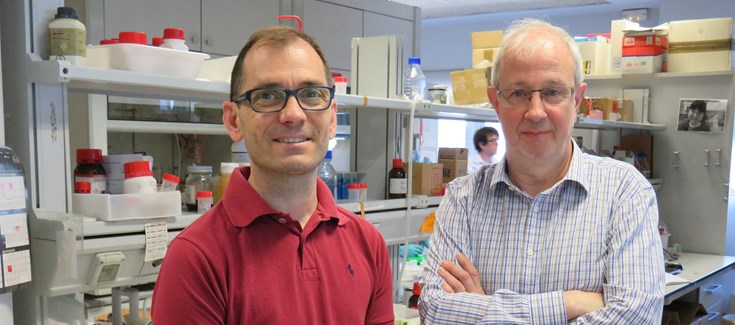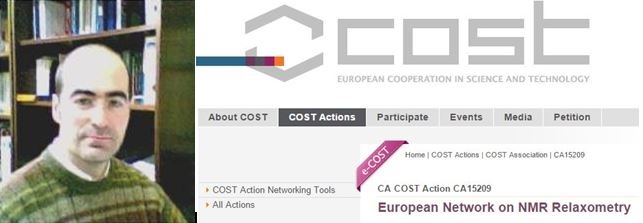Electronic tongues for detecting prostate and bladder cancer
Researchers of the Applied Molecular Chemistry Group, coordinator of Unit 26 of NANBIOSIS, have participated in the development of a new low-cost system for non-invasive diagnosis of prostate and bladder cancer. It consists of a device of electronic tongues based on metal electrodes, which makes it possible to quickly and easily detect this pathology from a urine sample.
The researchers evaluated the efficacy of this system from the analysis of urine samples from patients before and after surgery. In addition, samples were collected from patients with benign prostatic hyperplasia, integrated into the non-cancer group for the study of prostate cancer. This system was able to distinguish non-cancerous urine samples from the affected ones with a sensitivity of 91% and a specificity of 73%.
The specificity and sensitivity obtained by the electronic tongues in urine is higher compared to the prostate-specific PSA-blood test, which is the most commonly used procedure for the detection of prostate cancer. “The results obtained confirm the suitability of this technology of electronic tongues for the identification of patients affected by this pathology. This technology has great potential for its application in clinical practice, both for the diagnosis and for monitoring the evolution of patients after therapy”, said Ramón Martínez Máñez, Scientific Director of NANBIOSIS.
The measurement of electronic tongues on the urine is done by putting the sensor, in this case composed of a set of noble and semi-precious metals, with the urine sample of the patient. It is connected to a potentiostat that applies different potentials to the electrodes and, in turn, collects the resulting currents to be analysed in a computer equipped with a computer program for multivariate analysis.
“The tongue is” trained” in a first phase with a set of patient samples and controls to generate a model that discriminates between both types of samples. That model, once validated, could be used to predict new urine samples and to be able to determine whether or not these new patients have the disease with a certain margin of sensitivity and specificity”, explains Ramón Martínez Máñez.
Potential metabolites recognized by the electronic tongue were studies by NMR using the NANBIOSIS-ICTS










